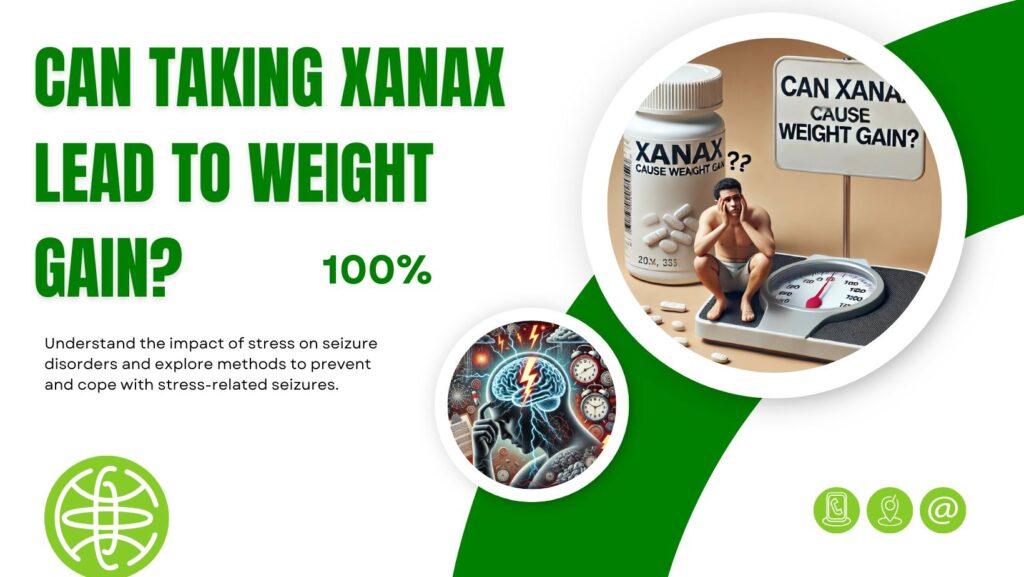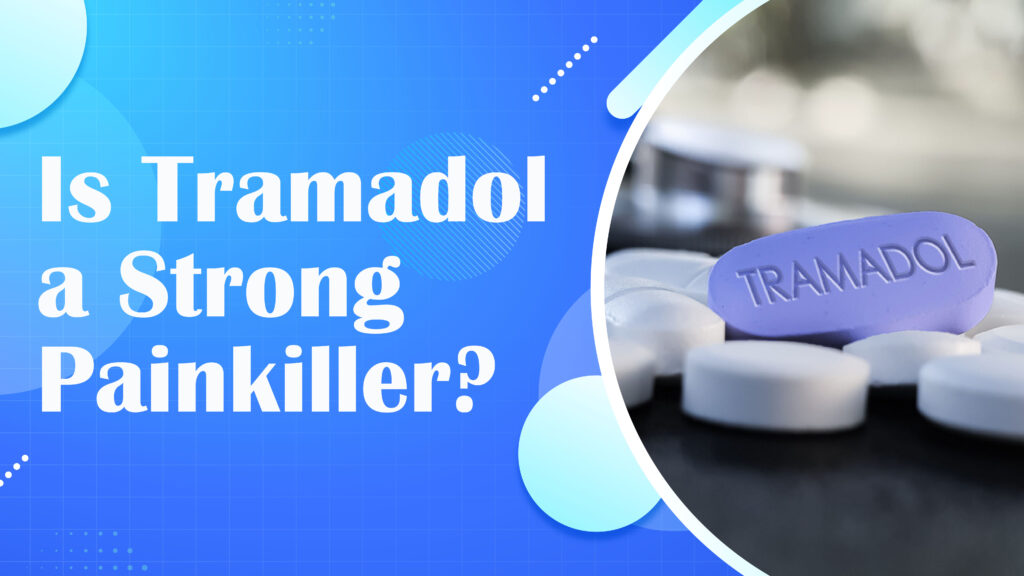How Does a Dental Bridge Work?
Dental bridges are an everyday restorative procedure to replace missing teeth. It is comprised of artificial teeth (pontics) that are fixed by dental crowns fixed to the natural teeth adjacent or implants. Bridges are used to improve the appearance and function of your smile. They also prevent problems like shifting teeth, bite alignment issues, and problems chewing. What Is a Dental Bridge? Dental bridges are dental restorations made to fill in the gaps left by missing teeth. It is anchored by implant-supported teeth or natural ones. Bridges are constructed from a variety of materials like ceramic, porcelain, metal, or a mixture of them in order to match the natural hue and the strength that your tooth has. What Does a Dental Bridge Look Like? A dental bridge is similar to natural teeth and is designed to seamlessly blend in with the existing teeth. It is typically composed of: Pontic The false tooth replaces the tooth that is missing. Abutments: Crowns that are placed on natural teeth adjacent to them or implants for anchoring the bridge. Framework structure that supports the bridge. It can be ceramic or metal. Bridges are designed to look and function like real teeth, providing a natural appearance and restoring your smile. What Dentist Does Crowns? Prosthodontists and general dentists are dentists who specialize in providing dental crowns. A prosthodontist is a dental specialist with extensive training in the process of the restoration and replacement of teeth. However, the majority of general dentists are also proficient in putting in bridges and crowns. In the course of treatment, your dental professional will clean the tooth supporting as well as take impressions. Then, they will create a custom-designed crown to restore the tooth’s form and function and to know more information about crowns and bridges Can a Dental Bridge Be Removed and Re-cemented? In certain situations a dental bridge may be removed and then recemented depending on the state of the bridge as well as the teeth supporting it. A bridge that is permanently fixed and built to remain in place. However, when it becomes fragile or damaged, the dentist might be able to remove the bridge, adjust it, and then recement it. If, however, the bridge is damaged to a significant extent or the teeth supporting it are weak, a new bridge might be needed. How Long After a Dental Bridge Can I Eat? After receiving a dental bridge It is recommended to put off eating for two to three hours prior to eating, allowing the cement to fully set. In the initial few days, it’s suggested to eat soft food and avoid eating directly onto the bridge in order to avoid excessive pressure. After your mouth has adjusted to it, you can gradually return to your normal diet. However, hard and sticky food items should be avoided in order to prolong the lifespan of the bridge. How Does a Dental Bridge Work? A dental bridge works by replacing missing teeth with a fixed prosthetic that is supported by neighboring teeth or implants. Here’s how the process typically works: Initial Consultation: Your dentist examines your teeth and takes X-rays to assess the condition of the surrounding teeth and gums. Tooth Preparation: The adjacent teeth are reshaped to accommodate the crowns that will support the bridge. Impressions: Your dentist takes impressions of your teeth to create a custom-fit bridge. Temporary Bridge: A temporary bridge may be placed while the permanent one is being made. Bridge Placement: Once ready, the permanent bridge is cemented into place, restoring function and aesthetics. Benefits of a Dental Bridge Improves capacity to chew properly and speak clearly. Keeps the shape of your face by preventing loss of bone. Helps to prevent other teeth from moving. Offers a natural and long-lasting replacement for teeth. •Caring for Your Dental Bridge To ensure the durability of your tooth bridge, be sure to follow these maintenance tips: Cleanse and floss regularly to avoid plaque buildup around the bridge. Make use of a floss threader or an interdental brush to scrub the bridge. Avoid sticky or hard foods, which could damage bridges. Regular dental checks are a good way to assess the condition of the bridge. •Conclusion A dental bridge is an effective solution for replacing missing teeth, restoring both function and appearance. With proper care and maintenance, a well-made bridge can last for many years, helping you maintain a confident smile. If you are considering a dental bridge or have concerns about an existing one, consult with your dentist to determine the best treatment plan for your oral health needs.






